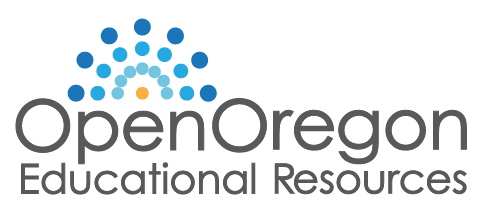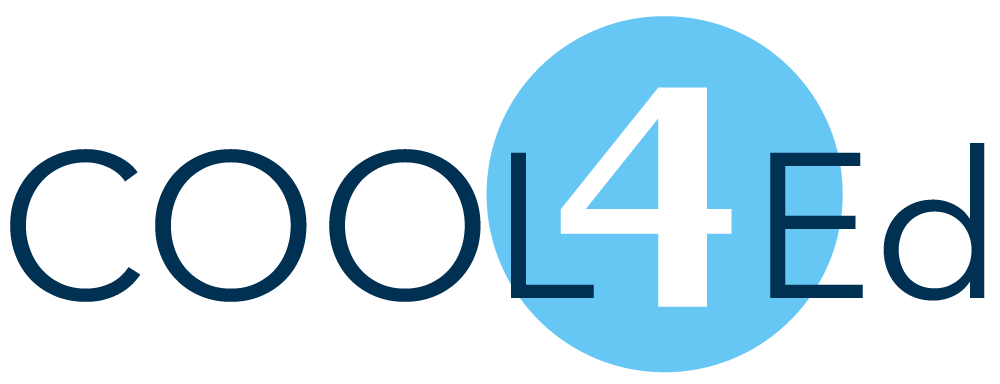
Zero Textbook Cost: Guidelines and Resources
What is Zero Textbook Cost?
California Senate Bill (S.B.) 1359 seeks "to reduce the overall cost of education for students and decrease the time it takes students to complete degree programs" by having community colleges offer courses with Zero Textbook Cost (ZTC), meaning that students do not incur any costs for purchasing course materials, and Low Textbook Cost (LTC) courses in which the total cost of materials is $30 or less per course. Feather River College is committed to this effort and is providing guidance and reimbursement for their work in identifying, assembling, organizing, and integrating new free or low-cost materials into their courses. According to the California State Legislature, such materials “may include Open Educational Resources (OER), institutionally licensed campus library materials that all students enrolled in the course have access to use, and other properly licensed and adopted materials.” [Casetext -- Legislative Code]
What does this mean for STUDENTS? It means that Feather River College offers courses with no textbook costs or which require book purchases of less than $30. There are two ways to check for LCT/ZTC classes. 1) These courses are currently listed on the List of Current ZTC/LTC Courses which shows the courses that are ZTC (no textbook cost) and LTC (less than $30). 2) When you search for classes, if you look on the far right of your results, you will see an "attribute" showing that a class is Zero or Low Textbook Cost.
What does this mean for INSTRUCTORS? It means that Feather River College is encouraging you to develop your assigned lecture courses that currently use a textbook or other reading materials as per the Course Outline of Record (COR) to redesign your courses to incorporate ZTC and LTC in a manner that aligns with the course's Student Learning Outcomes. The ZTC Faculty Coordinators (AKA "Team Zero") are here to assist instructors seeking to find, implement, and integrate high-quality, fully licensed, zero-costs electronic materials into their classes for the benefit of student access and learning. Faculty who complete this process of implementing ZTC/LTC into their classes may be eligible to earn a $2,000 stipend per course (up to a maximum of 2 courses per semester available until grant funds are expended). Courses previously transformed to meet ZTC/LTC requirements are eligible for the stipend retroactively.
For faculty who are making one or more of their FRC courses ZTC or LTC compliant, please complete the Faculty ZTC Application. This form should be completed towards the conclusion of the term in which you have transitioned to a zero- or low-cost textbook course. Complete this form once for each course with a new OER adoption. (Note that submission of a report of course transitioned to ZTC/LTC does not guarantee a stipend.)
For assistance, contact a member of Team Zero:
Nikki Grose - ngrose@frc.edu (English)
Kurt Smart - ksmart@frc.edu (Chemistry/Math)
Tom Heaney - theaney@frc.edu (History)
Instructor Resources for ZTC/LTC
The California State Legislature requires that ZTC/LTC courses use only high-quality materials that are fully licensed by the college to provide to students for zero or low cost. Generally, such materials fall into three categories: 1. Open Educational Resources (OER) with open access and coverage under a Creative Commons license that permits users to remix and adapt the material freely. This includes collections of freely-available, scholarly-written textbooks such as those provided by LibreTexts and OpenStax. 2. Material purchased by the college and licensed to it for instructional purposes, which include articles, books, and films provided through the college library and accessible by students such as Ebscohost, JSTOR, and Infobase's Films on Demand. 3. Open access materials, such as those in the public domain or produced by the U.S. federal government.
What are OER? UNESCO states, "Open Educational Resources (OER) are learning, teaching and research materials in any format and medium that reside in the public domain or are under copyright that have been released under an open license, that permit no-cost access, re-use, re-purpose, adaptation and redistribution by others." Most materials in the collections described below have been written by scholars in their fields and often, perhaps usually, match in quality and rigor textbooks for undergraduates produced by national publishing houses. Such sources can also be integrated into your course's Canvas pages allowing instructors to insert the material where it will be most effective for student learning and most accessible. It also means that instructors can incorporate only those parts of the text that they feel are relevant to the course, or even draw from two or more different OER texts in order to maximize their impact on student learning.
Here are some OER Repositories to explore:

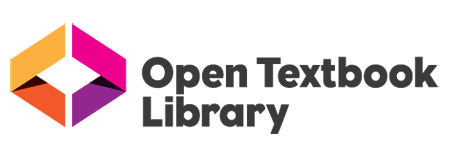 Open textbooks are funded and published and licensed to be freely used, adapted, and distributed. They were reviewed by faculty from a variety of colleges and universities to assess their quality. Those books can be downloaded for no cost or printed at cost. There are some great resources on this site; however, these books are not bound so we are not able to order them for ISP at this time. Content on this site is licensed under a Creative Commons Attribution 4.0 License, but only about 60% of the materials on OTL has been professionally reviewed in any manner.
Open textbooks are funded and published and licensed to be freely used, adapted, and distributed. They were reviewed by faculty from a variety of colleges and universities to assess their quality. Those books can be downloaded for no cost or printed at cost. There are some great resources on this site; however, these books are not bound so we are not able to order them for ISP at this time. Content on this site is licensed under a Creative Commons Attribution 4.0 License, but only about 60% of the materials on OTL has been professionally reviewed in any manner.
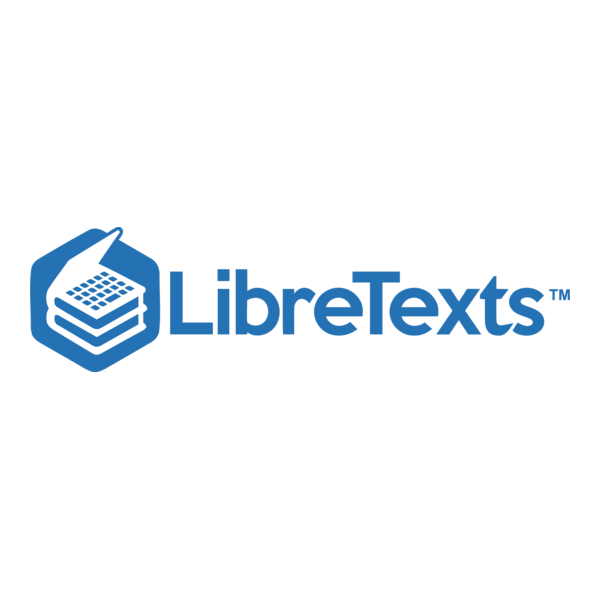 The LibreTexts mission is to unite students, faculty and scholars in a cooperative effort to develop an easy-to-use online platform for the construction, customization, and dissemination of open educational resources (OER) to reduce the burdens of unreasonable textbook costs to our students and society. There are many options using this platform, including ordering bound books. Unless otherwise noted, LibreTexts content is licensed by CC BY-NC-SA 3.0 | All trademarks, service marks and company names are the property of their respective owners.
The LibreTexts mission is to unite students, faculty and scholars in a cooperative effort to develop an easy-to-use online platform for the construction, customization, and dissemination of open educational resources (OER) to reduce the burdens of unreasonable textbook costs to our students and society. There are many options using this platform, including ordering bound books. Unless otherwise noted, LibreTexts content is licensed by CC BY-NC-SA 3.0 | All trademarks, service marks and company names are the property of their respective owners.
 The Multimedia Educational Resource for Learning and Online Teaching (MERLOT) is an international cooperative formed for the purpose of aggregating and making freely accessible high quality online resources to improve learning and teaching within higher education. MERLOT has an open, online catalog of thousands of online learning materials as well as a vibrant community of scholars and teachers across a range of disciplines.
The Multimedia Educational Resource for Learning and Online Teaching (MERLOT) is an international cooperative formed for the purpose of aggregating and making freely accessible high quality online resources to improve learning and teaching within higher education. MERLOT has an open, online catalog of thousands of online learning materials as well as a vibrant community of scholars and teachers across a range of disciplines.
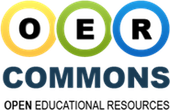 OER Commons continually offers a comprehensive infrastructure for curriculum experts and instructors at all levels to identify high-quality OER and collaborate around their adaptation, evaluation, and use to address the needs of teachers and learners. OER Group: CA Community Colleges Hub Note that OERCommons does not curate or peer-review the materials on the site.
OER Commons continually offers a comprehensive infrastructure for curriculum experts and instructors at all levels to identify high-quality OER and collaborate around their adaptation, evaluation, and use to address the needs of teachers and learners. OER Group: CA Community Colleges Hub Note that OERCommons does not curate or peer-review the materials on the site.
Materials Licensed for Use by FRC Students
FRC pays for a variety of database collections providing students with access to vast collections of copyrighted materials that student can access electronically. Although students most often access these databases and collections while doing research, they can be currated by instructors and linked directly from Canvas to the licensed online documents. For example, JSTOR houses some 12 million articles, books, and documents in 75 disciplines; faculty can indentify essays, books, and book chapters and provide students with access via permanent, direct links. Likewise, Ebscohost provides databases of books, journals, and articles in many disiplines most of which permit "unlimited user access" so an instructor can assign whole books or book chapters from the collection to enrolled students at no cost to them. There are varying limits on some materials such as limiting downloads to 50 or 100 pages at one time, but instructors can easily pace assigned readings to comply with such limitations. The library provides access to a wide variety of other more focused databases available to many different disciplines.
Some courses may be able to use materials that are not copyrighted and exist in the public domain. Of course, such sources must be good, relevant materials curated by the instructor and integrated into the course. For example, (almost) anything published by the United States federal government is in the public domain and can be utilized. Likewise, anything published by the state government of California is in the public domain, but materials published by most of the other state governments are not in the public domain. Examples of government materials in the public domain include materials produced by the United States Census Bureau, the National Forest Service, the US Department of Food and Agriculture, and the California State Department of Food and Agriculture.
Anything published in the United States prior to January 1, 1929 is now in the public domain and can be freely used. Examples include works by Shakespeare and Walt Disney's 1928 short film "Steamboat Willie" (which just entered the public domain this year) can be considered as properly licensed for ZTC. The number of courses that could utilize materials published prior to 1929 is certainly limited, but there may find useful materials there. For example, if you currently have students purchase modern translations of classical works, the Iliad by Homer for example, you can likely find electronic texts of translations that were published prior to 1929 and are public domain and could be assigned instead -- keeping in mind that such materials or translations might be too archaic for students to comprehend. Examples of depositories of such open access and public domain materials are Project Guttenberg and Google Books. Archive.org also contains a vast collection of public domain works, but they are mixed in with materials that are neither open access nor public domain.
Instructor-Created Materials
Instructors can also create materials for their courses, particularly in the form of activities or discrete learning modules. However, faculty should avoid substantially or entirely replacing course textbooks with instructor-written materials without going through one of the OER review processes. Instructors who do create learning modules or other materials are encouraged to submit them to a relevant OER collective for review and inclusion in the organization's collection for use by other instructors in the field.
This site provides information using PDF, visit this link to download the Adobe Acrobat Reader DC software.



